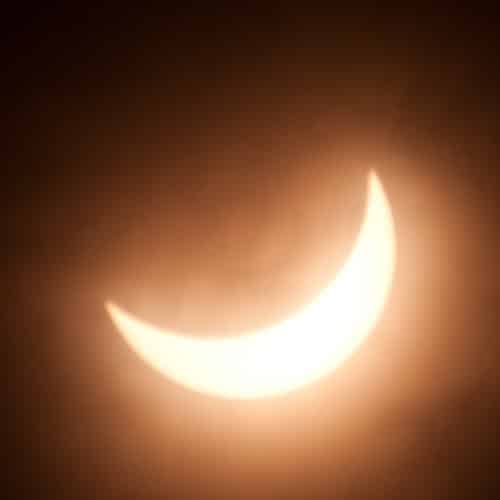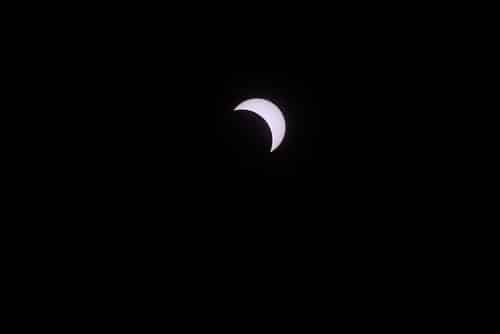Tips for photographing the solar eclipse
Introduction
On 20 March 2015, much of the Northern Hemisphere will experience a solar eclipse. From North-Africa through almost all of Europe, only a part of the solar disk will be obscured by the Moon. In Scotland, the eclipse will be a massive 95% while, in France and Germany, it will be around 70%. The eclipse will be at its maximum at 10:20 CET. If you want to see the sun disappear completely behind the moon, you’ll have to go to the far north of Europe, in an area between the Faroe Islands and Svalbard.

Every eclipse, people suffer serious eye injuries due to lack of protection. This damage is at first painless and injuries caused by careless observation of the sun is irreversible. So be careful.
If you are planning on photographing the solar eclipse, there are two main approaches.
Direct observation
Direct observation of the Solar Eclipse requires a filter. For a simple observation, all you need is a pair of UV glasses, but if you plan on taking pictures, you’ll need to place a filter on the front of the front of lens. In your photography shop, there are three expert materials for eclipse photography. These conform to the standard 89/666 / EEC on the CE symbol. The material used is Mylar, the Astrosolar type, and a tinted polymer. This material is the same as those used to make protective eyewear: they filter the sunlight to pass only 1/100 000 of solar radiation.
They are available in sheets (A4) or roller. You just have to set the film on the front lens of your lens, with an elastic band.

Some people recommend using a filter ND1000, but this is not enough blockage to photograph the sun safely as not enough solar radiation is stopped.
Indirect observation
Indirect observation uses the pinhole technique. A small hole is made in a box which is oriented towards the sun. The light beam is projected on a projection surface (a sheet of paper, for example) located in the shade to obtain a sufficient contrast. It is possible to photograph this projection with any camera without a filter.
Lenses to use
The Sun is at a little over 149 million km from the Earth and its average diameter is 1,392,684 kilometers. It’s huge in other words, but when viewed from Earth size it actually looks relatively small. To photograph the eclipse, it is necessary to use a long lens. Astronomers use focal lengths of 1000 mm or 1600 mm or more, but for the amateur photographer, it is not always easy to buy or even find lenses of this focal length. Fortunately, with a 200 mm, it becomes possible to take a picture when the size of the Sun is sufficient. Above 200 mm focal lengths are obviously also very useful. Although the sun will still be relatively small
It may be a better idea to photograph the eclipse in an interesting environment. The shadows will evolve throughout the eclipse, so you’ll have plenty of opportunities to frame the landscape around you. enjoy this rare spectacle that nature offers us. The next partial eclipse is expected in 2022 and the next total eclipse visible in Europe will take place in 2081, so enjoy this rare spectacle that nature offers us.

0 Comments